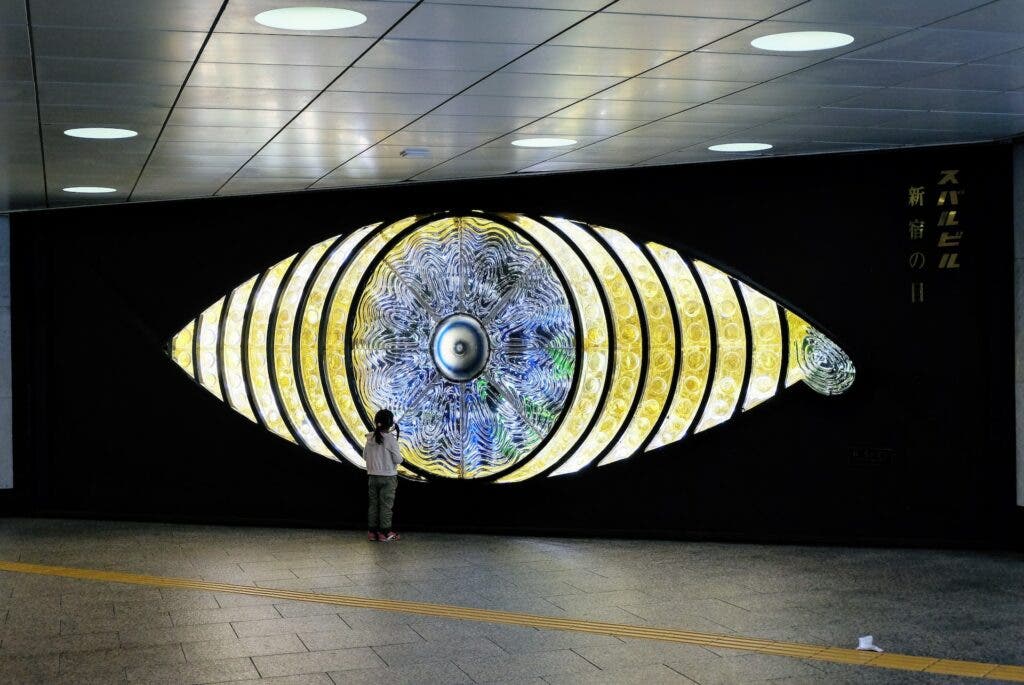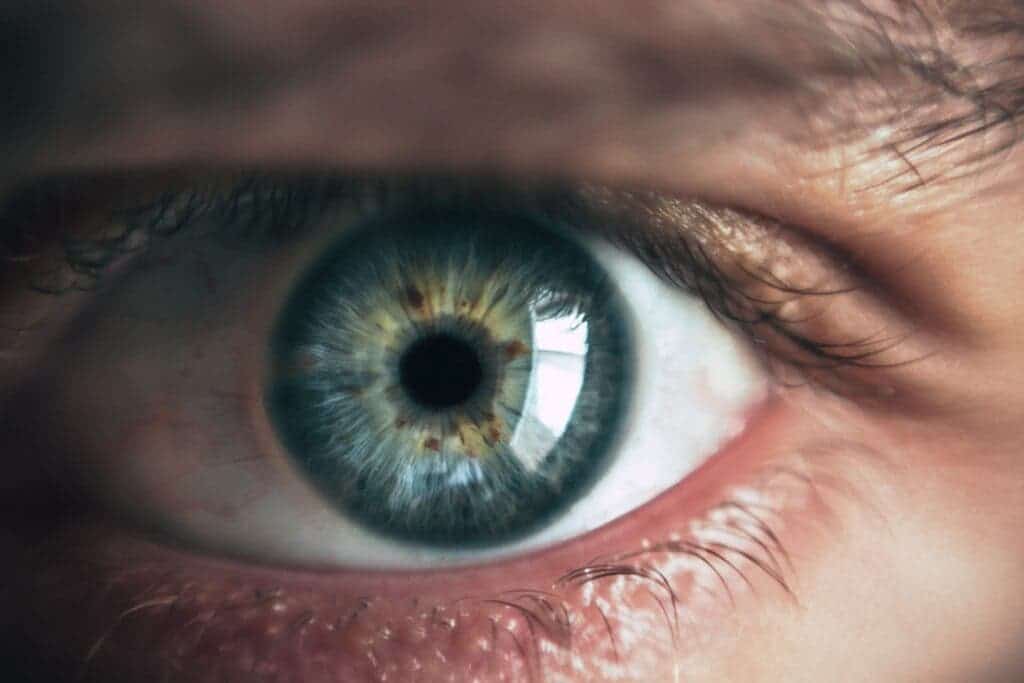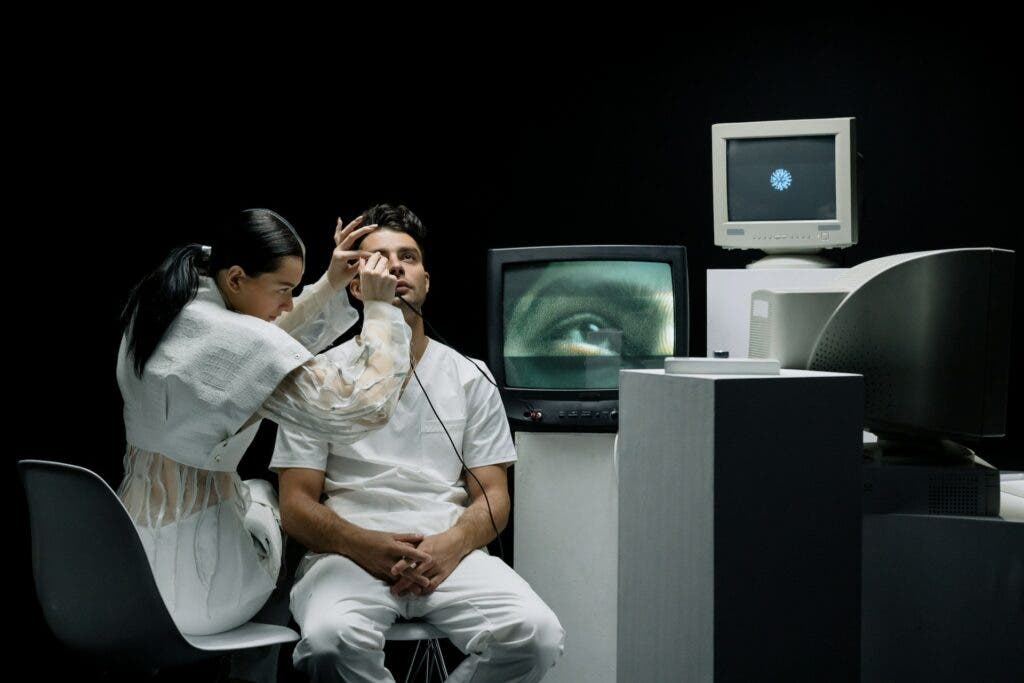The method involves scanning the arteries and veins of the retina (the part of the human eye where an image is formed) using a camera that runs on AI-powered software. Within 60 seconds of the retinal scan, this simple test would let a person know whether or not they are facing the risk of a heart attack.

The AI-based retinal scanning system is called QUARTZ (QUantitative Analysis of Retinal vessels Topology and siZe), and it’s developers asy it makes the diagnosis of heart diseases more accessible and affordable than ever. Whereas traditional heart-health checkup methods such as blood-pressure analysis and blood tests require blood samples of the patients and are relatively time-consuming, QUARTZ represents a quick and non-invasive technique capable of delivering results with the same accuracy as that of blood tests.
The breakthrough could enable any health worker to carry out cardiovascular screenings in a simple setting, using a simple camera and not too much other equipment.
Your eyes are the window to your body
The fact that doctors can detect different diseases by looking into your eyes has been known for years. The network of arteries, nerves, veins, and tissues that are connected to the eyes also runs through various organs including the brain and heart. Any anomalies spotted in this network are an indication of a problem in some part of the body.
For instance, according to the American Academy of Opthalmology; loss of side vision is linked to brain tumor, leaking of yellow-colored liquid from the retina is a sign of diabetes, and the formation of a blue ring around the cornea is considered a symptom of high cholesterol. There are around 20 diseases whose early signs can be noticed in the eyes.
But knowing something can be done and actually doing, especially in a realistic and affordable scenario, are two very different things.

According to the researchers, the QUARTZ scanner first spots changes in the structure of the arteries and veins of the retina that are also connected to the heart and brain. It keeps a check on the size and shape of the blood vessels along with the area they cover. These factors are then evaluated by AI-based software to predict the onset of disorders such as coronary heart disease, heart failure, and stroke.
“AI-enabled vasculometry risk prediction is fully automated, low cost, non-invasive and has the potential for reaching a higher proportion of the population in the community because of ‘high street’ availability and because blood sampling or sphygmomanometry are not needed,” the authors say, in the biggest study of this kind ever carried out.
Studying retinal scans using QUARTZ
During the study, the researchers employed QUARTZ to scan retinal images of 88,052 patients aged between 40 to 69 years. Based on the network of blood vessels of the retina, QUARTZ predicted the risk of heart attack and stroke in the patients. Prediction models of 7,411 subjects were selected for further analysis.

Interestingly, for the same participants, the researchers also employed the Framingham risk scores framework, a popular and widely accepted assessment tool used for predicting the risk of heart ailments in humans with respect to sex, age, and various other factors. They compared the prediction models of QUARTZ with the results obtained from Framingham analysis and found that the AI tool was as effective as the framework that is widely used to detect heart diseases, strokes, and deaths.
Although additional research and clinical trials are required to further validate the capabilities of QUARTZ as a quick and reliable diagnosis method, these findings surely raise hopes for a hassle-free CVD (cardiovascular disease) checkup. Every year over 17 million people lose their lives because of CVDs, and unfortunately, for many of them (including young age individuals) it happens in a sudden and unexpected way.
As compared to blood tests and ECG checkups, CVD diagnostic tools like QUARTZ are non-invasive, quick, and easy to use could encourage people to keep a regular check on their heart activity and save millions of lives every year.
“Having a further low-cost, accessible, non-invasive screening test in the community to encourage clinical risk assessment uptake in the community is highly likely to help prolong disease-free status in an ever-aging population with increasing comorbidities, and assist with minimizing healthcare costs associated with lifelong vascular diseases,” the researchers note.
The study is published in the British Journal of Ophthalmology.






